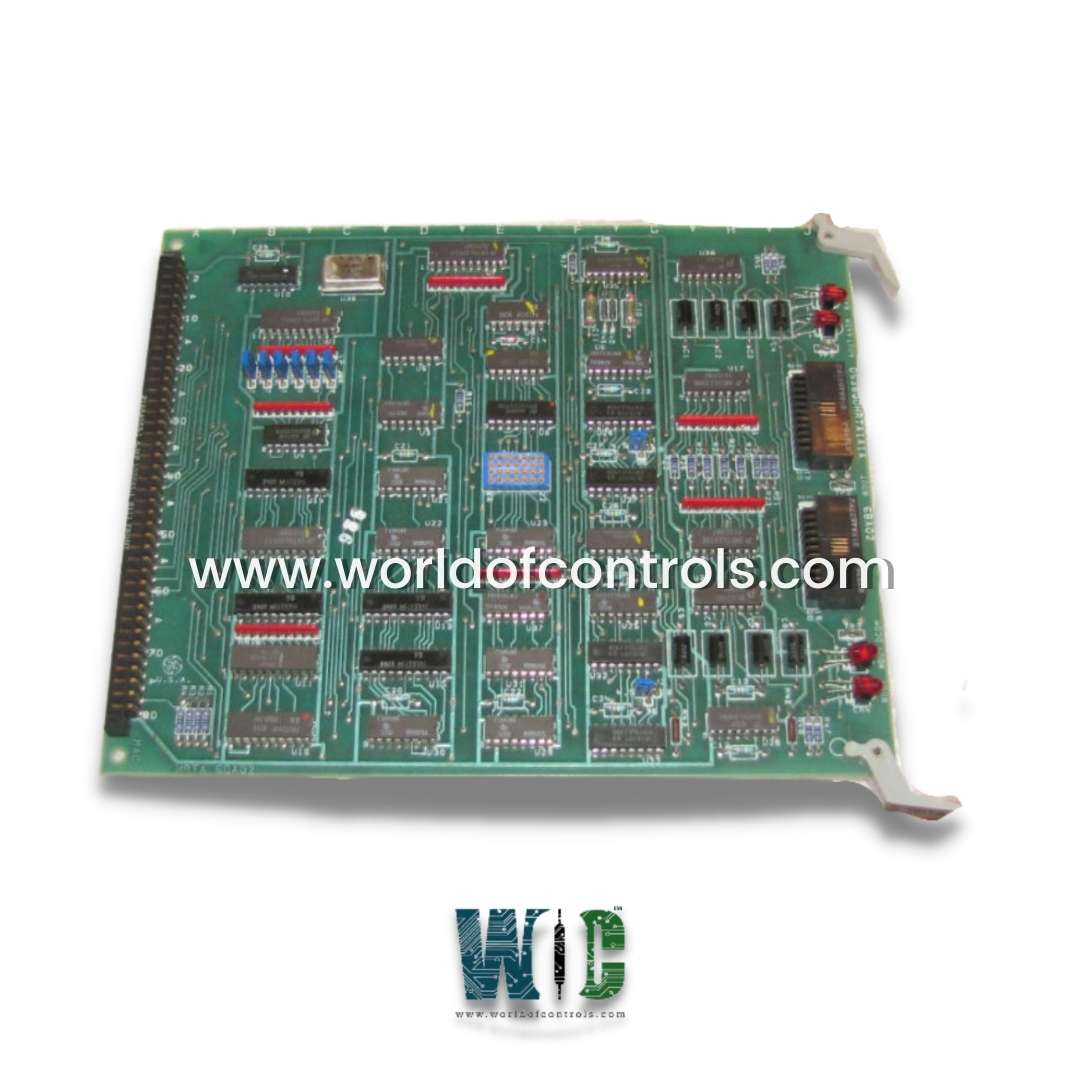
World Of Controls understands the criticality of your requirement and works towards reducing the lead time as much as possible.
DS3800HRTA - Pulse Rate Input Card is available in stock which ships the same day.
DS3800HRTA - Pulse Rate Input Card comes in UNUSED as well as REBUILT condition.
To avail our best deals for DS3800HRTA - Pulse Rate Input Card, contact us and we will get back to you within 24 hours.
Part Number: DS3800HRTA
Manufacturer: General Electric
Series: Mark IV
Product type: Pulse Rate Input Card
Availability: In Stock
Country of Manufacture: United States (USA)
DS3800HRTA is a Pulse Rate Input Card developed by GE. It is a part of Mark IV control system. It converts pulse rates into meaningful data such as speed, flow rate, or position. Often supports multiple input channels for monitoring several pulse signals simultaneously.
WOC is happy to assist you with any of your GE requirements. Please contact us by phone or email for pricing and availability on any parts and repairs.
What is DS3800HRTA?
It is a Pulse Rate Input Card developed by GE.
How can I identify the memory components on the board?
EPROMs have a small circular port on top, which helps distinguish them from EEPROMs. This port is used to erase or reprogramme EPROMs.
What do the red LEDs indicate?
The four red LEDs show an electrical current flowing, serving as indicators for operational status and diagnostics.
How does the card connect to other components?
The board has two male ports and one female port that allows it to connect to other circuit boards in the control system.